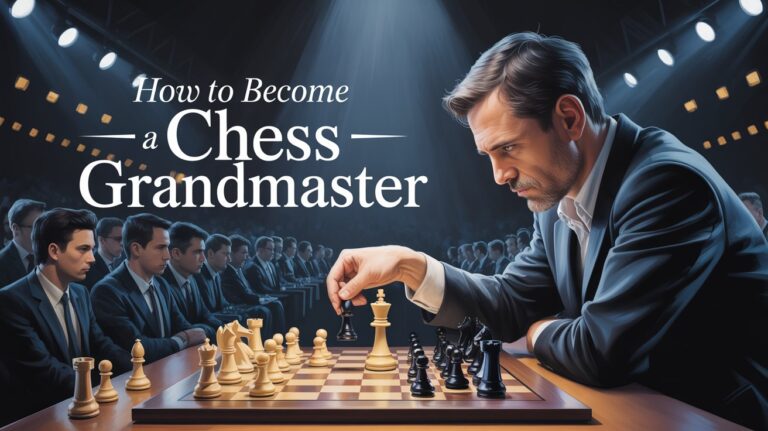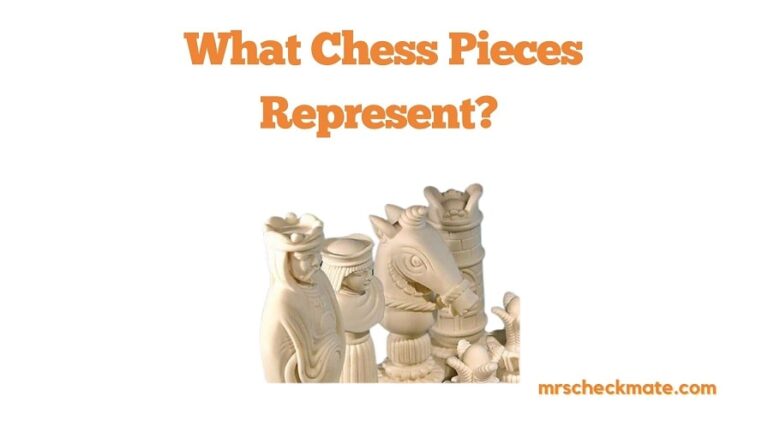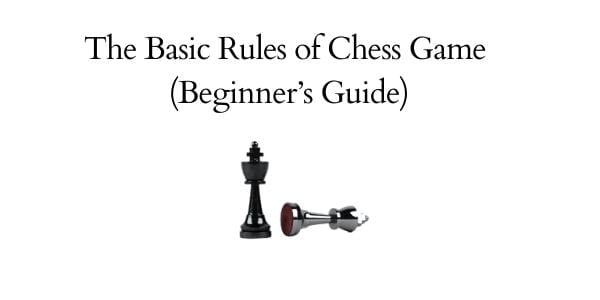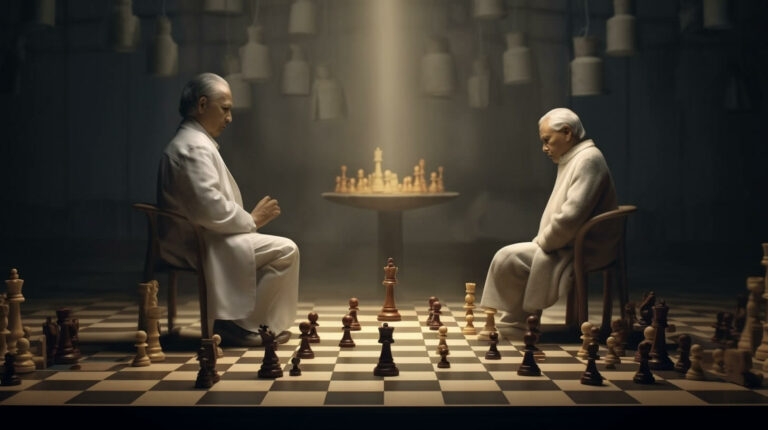Advanced Pawn Tactics: The Chessboard’s Silent Powerhouses
Chess, a game of strategy and tactics, often hinges on the subtle maneuvers of its least valued piece: the pawn. While the kings, queens, and knights often steal the limelight, it’s the pawns that form the backbone of any formidable strategy.
By mastering advanced pawn tactics, players can gain a significant edge over their opponents, turning seemingly innocuous moves into powerful game-changers. For those just starting out, understanding the basics, like how to set up a chess board, can lay a strong foundation for advanced strategies.
The Power of the Passed Pawn
A passed pawn, devoid of any direct threats from opposing pawns, can be a game’s dark horse.
- Definition and Characteristics:
- A pawn with a clear path to promotion.
- No opposing pawns on its adjacent files to challenge its advance.
- Strategies:
- Creation: Engage in exchanges that result in a passed pawn.
- Advancement: Protect and propel the pawn forward, often with the support of other pieces.
- Promotion: Reach the eighth rank and upgrade to a more formidable piece, typically a queen.
For a deeper dive into pawn strategies, check out Pawn Strategy.
Pawn Breaks and Counterplay
Pawn breaks can be the catalysts for dynamic play, disrupting the status quo and creating opportunities.
- Understanding Pawn Breaks: A strategic pawn advance that challenges the opponent’s pawn structure.
- Initiating and Countering:
- Look for positions where a pawn move can open lines for your pieces.
- Defend against potential breaks, maintaining the integrity of your pawn structure.
For beginners, understanding basic chess rules can provide clarity on legal pawn moves and captures.

Pawn Levers and Creating Imbalances
Pawn levers are tactical pawn advances that exert pressure, often leading to imbalances beneficial to the initiator.
- Concept of Pawn Levers: A pawn move targeting a specific point in the opponent’s structure.
- Using Pawn Levers:
- Identify weak points or potential targets in the opponent’s pawn formation.
- Use levers to create dynamic and asymmetrical positions.
For a visual guide on chess pieces and their movements, visit what do chess pieces look like.
Pawn Chains and Their Dynamics
Pawn chains, the interconnected line of pawns supporting each other, are both a strength and a potential vulnerability.
- Formation and Strength:
- Pawns aligned diagonally, each defending the one ahead.
- Control key squares and restrict the opponent’s piece mobility.
- Exploiting Weaknesses:
- Target the base or the weakest link of the pawn chain.
- Use pieces to exert pressure, forcing concessions.
For insights on the total number of pawns and their importance in a chess set, explore how many pieces are there in a chess set.
Pawn Sacrifices for Tactical Gains
Sometimes, the path to victory requires sacrifice. Offering a pawn can open doors to greater positional or tactical advantages.
- Recognizing Opportunities:
- Evaluate if the positional gains outweigh the material loss.
- Ensure the sacrifice leads to tangible benefits, like piece activity or king safety.
- Leveraging Sacrifices:
- Use the lines or squares freed by the sacrifice to activate other pieces.
- Maintain the initiative, keeping the opponent on the back foot.
For those curious about the roles and significance of each chess piece, what chess pieces represent offers a detailed overview.
Advanced Endgame Pawn Play
As the board empties and pieces dwindle, pawns rise in prominence. Their march to promotion can dictate the game’s outcome.
- Maximizing Pawn Potential:
- Use the king actively to support pawn advances.
- Create passed pawns, especially on the flanks, to divert the opponent’s king.
- Key Endgame Concepts:
- The Square of the Pawn: A technique to determine if a king can catch a passed pawn.
- Outside Passed Pawns: A pawn far from the rest, serving as a distraction.
For a comprehensive guide on chess endgames, the article Passed Pawn Pushing is a must-read.
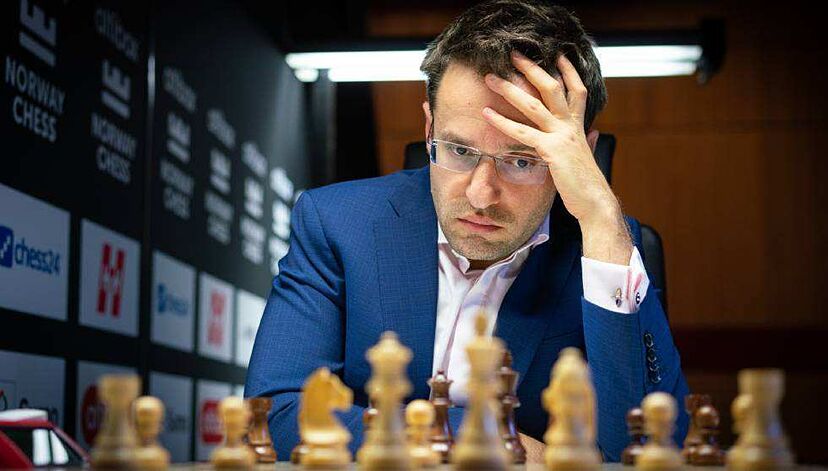
Pawn Structures in Open vs. Closed Games
The game’s nature—open or closed—dictates the pawn play. Adapting to the position’s demands is crucial.
- Open Games:
- Characterized by fluid pawn structures and active piece play.
- Pawns often serve as support for pieces or control key central squares.
- Closed Games:
- Pawns lock the center, leading to maneuvering and long-term plans.
- Pawn breaks become essential to open lines and create play.
For those keen on understanding the nuances of different chess pieces, why is the knight important in chess offers valuable insights.
Famous Games Highlighting Advanced Pawn Tactics
History has witnessed games where pawns took center stage, dictating play and determining outcomes.
- Capablanca vs Tartakower, 1924: A showcase of impeccable pawn endgame technique.
- Kasparov vs Karpov, 1986: The might of passed pawns in full display.
- Carlsen vs Anand, 2014: Modern pawn play, balancing dynamics and imbalances.
For those new to the game, chess tips for beginners provide a roadmap to improvement.
Practical Exercises and Challenges
Theory without practice is incomplete. Here are exercises to sharpen your pawn play:
- Endgame Puzzles: Test your understanding of pawn promotion and opposition.
- Middle Game Challenges: Navigate complex pawn structures, seeking advantages.
- Pawn Sacrifice Scenarios: Evaluate positions to decide on potential pawn offerings.
Conclusion
Advanced pawn tactics, while subtle, can be the difference between victory and defeat. By understanding and mastering these strategies, players can turn the tide in their favor, making every pawn move count. As you embark on this journey, remember that every piece, from the mighty queen to the humble pawn, has its role to play. Dive deeper, experiment, and let every game be a step toward chess mastery. For a foundational understanding of pawn structures, Pawn Structure Basics is a recommended read.
FAQ
1. What are the key characteristics of a passed pawn?
A passed pawn is one that has no opposing pawns on its adjacent files, allowing it a clear path to promotion without direct interference from enemy pawns.
2. How do pawn breaks influence a chess game?
Pawn breaks disrupt the existing pawn structure, opening lines for pieces and creating dynamic play. They can lead to active positions, offering chances for both sides to seize the initiative.
3. What are pawn levers and how do they create positional imbalances?
Pawn levers are tactical pawn advances targeting specific points in the opponent’s structure. By exerting pressure, they can force concessions, leading to positional imbalances that can be exploited.
4. How can I practice and improve my advanced pawn tactics?
The article provides a section on “Practical Exercises and Challenges” with curated positions and puzzles. Regular practice, coupled with studying famous games and understanding the underlying pawn strategies, can significantly improve your pawn play.
5. Are there specific famous games that best showcase advanced pawn tactics?
Yes, the article analyzes iconic games like Capablanca vs Tartakower (1924) and Kasparov vs Karpov (1986) that revolve around advanced pawn play, offering insights into grandmaster-level pawn tactics.

